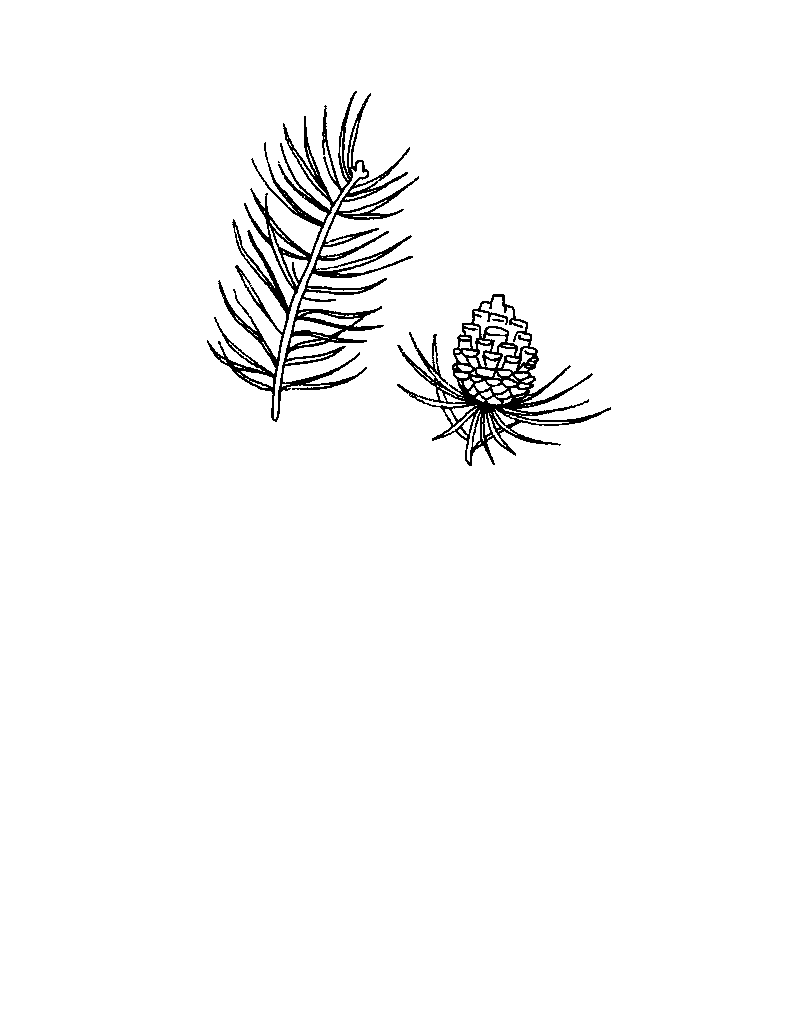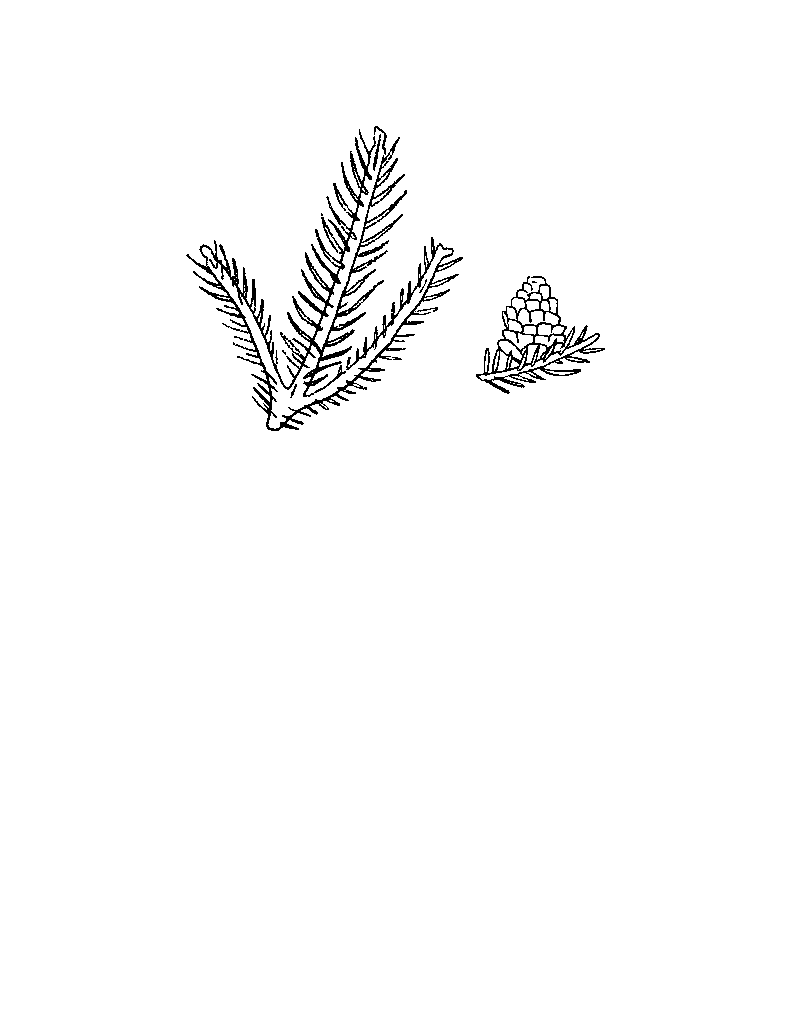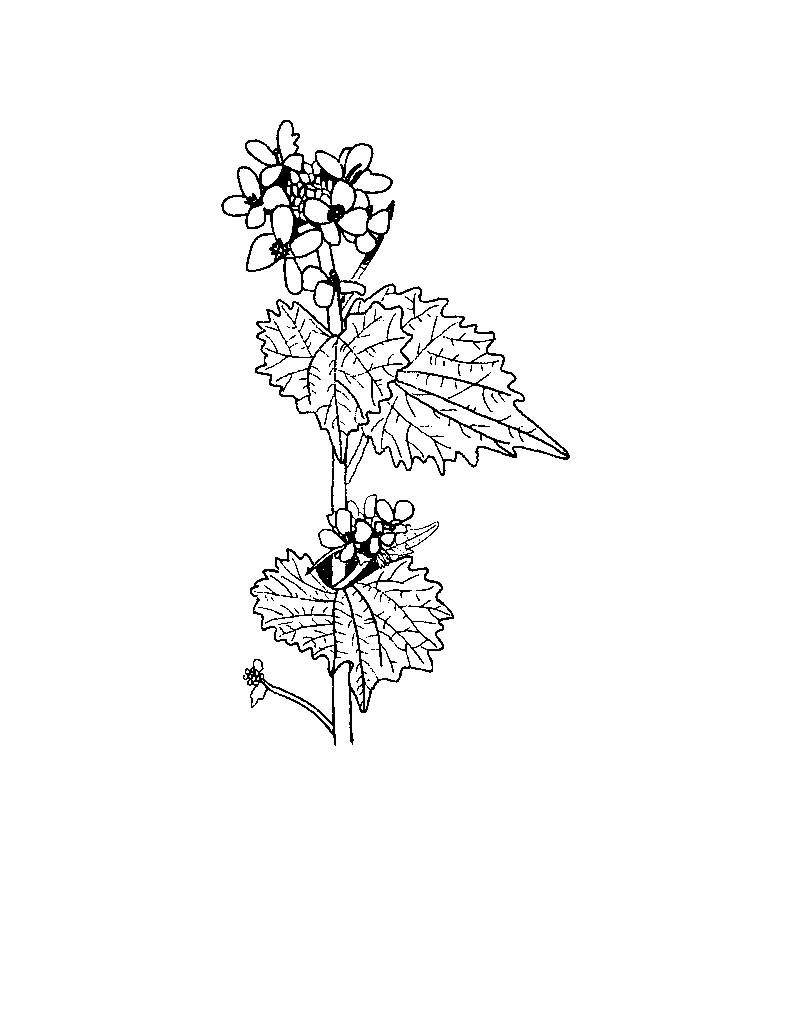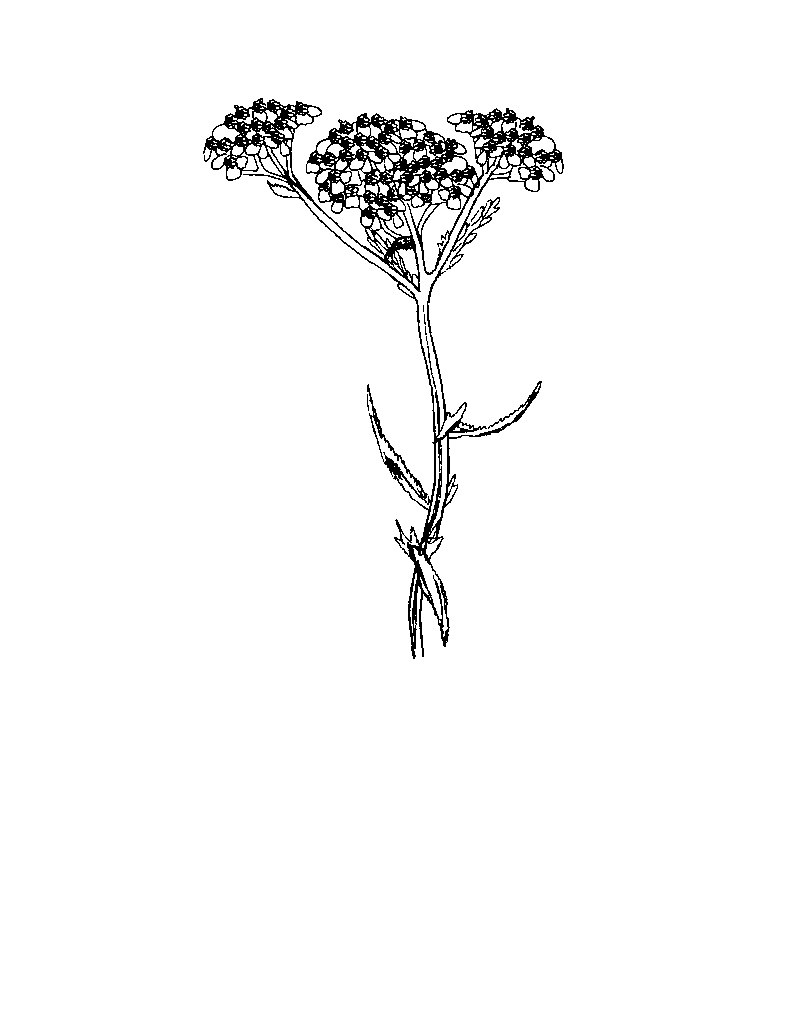Edible & medicinal plants around Tiohtià:ke thru the seasons ☆☆ ☪
by Sofie Silverpot
illustrations by Elena Milito
Tea for all rogue earthlings!
✼ ҉ ҉ ✼
✿ AUTUMN
Rosehip ~~~ While wild rose flowers bloom in the spring and summer,
rosehips (the accessory fruiting bodies
of various rose species) begin to form
as the air crisps and chills, in early
fall and throughout the winter. Rosehip
supports a healthy immune system and is full of antioxidants, rich in vitamin C
and E. These fruits are also known to
help with reducing inflammation and
pain. Tea can be made using fresh or
dried hips and has a lovely tart
flavor.
Burdock root ~~~ Burdock is a prolific
plant that grows in bunches of green
leaves, often along edges of roads and
paths. Roots can be harvested in the
fall of its first year or during its
second spring (burrs appear in the fall
of its second year). Roots are easiest
to harvest when the plant is still
relatively young. A tea with burdock
root can help naturally fight injury
and infection, as well as aid with
digestion.
✿ WINTER
Chaga ~~~ A natural immune-booster,
this dark-coloured fungus has been used
to make tea and as a traditional
medicine for centuries in northern
climates. Growing primarily on birch
trees, its flavour is at once earthy,
sweet and spearmint-y. Chaga can be
broken into clumps to steep in hot
water or ground like coffee and used
with a tea infuser. Only take a little
from any one area, and make sure to leave half of any chaga clump you find so the fungus can continue to regrow!
so the fungus can continue to regrow!
Conifer needles ~~~ As much of our
landscape’s wild edibles fall dormant
under the snow spells of winter, one
can still count on harvesting the
needles of pine, spruce, hemlock and balsam fir. They make a vitamin-C rich tea, steeped for a few minutes in water once that has been brought to a boil. Note that young conifer look-a-like yew is an ornamental shrub that is poisonous to humans – pick conifer needles only from forest trees.
✿ SPRING
Fiddleheads ~~~ An early-mid May
delight, fiddleheads pop out of the
earth as tightly curled fronds of the
ostrich fern. They tend to grow along
rivers, among springtime flowers, and
in rich soils that support hardwood
trees. Once the papery chaff is washed
away (best done in a nearby river),
they can be incorporated into a number
of dishes. They’re delicious simply
boiled till slightly tender, with a
touch of salt and vinegar or lemon
juice. Fiddleheads are high in iron,
fibre, vitamins A and C, and potassium.
Garlic mustard ~~~ A mustard family
plant with a garlic-y aroma, this
biennial is one of the most nutritious
leafy greens ever studied. This
widespread green loves partial shade
but can also grow in open fields.
Harvesting can be an important tactic
to control its spread, as garlic
mustard can easily take over forest
floors and outcompete an area’s native
plants. Garlic mustard has a spunky
bitter flavour; I love tossing its
leaves into salads or stir fries for a
nice kick.
Stinging Nettle ~~~ This hairy-leafed
vegetable is rich in vitamins and
exceptionally high in protein. It has
been used for hundreds of years to
treat a variety of conditions, from
improving energy levels to regulating
blood sugar to healing skin conditions.
The leaves, stems & roots all hold
medicinal value. Wear gloves and extra
layers when collecting and preparing
stinging nettle! Once the leaves have
been cooked, dried or crushed, they
lose their sting. Make tea by pouring
freshly boiled over over the leaves
(dry or fresh).
Yarrow ~~~ A fragrant herb with tiny
flowers; white, yellow or pink, used as
medicine since ancient times. Yarrow
holds anti-inflammatory properties and
is used for anxiety, colds, fevers,
digestion, insomnia and wound-healing.
This perennial grows in a plethora of
habitats, from grasslands to open
forests to cracks in the sidewalk. Make
sure to avoid yarrow look-alikes when
foraging, such as Queen Anne’s Lace.
Tea can be made from fresh or dried
yarrow leaves.
✼ ҉ ҉ ✼
With all of these earthly delights, be
sure to take care not to overharvest,
to leave some of the plant to keep
growing, and some for the appetites of
other organisms around you. “With
relationship comes responsibilities as
well. What do we offer back to the
land, a presence that offers so much to
us?” -Leigh Joseph, Held by the Land
Further reading
Held by the Land: A Guide to Indigenous
Plants for Wellness by Leigh Joseph is
an incredible resource to learn about
medicinal plants and their properties,
as well as building a home apothecary.
Leigh also writes beautifully about
harvesting sustainably, listening to the land, and types of principles of
ethics and care we can hold as we
forage and commune with the natural
world.
Eating Wild in Eastern Canada by Jamie
Simpson is a nice primer on seasonal
harvesting, processing and recipe
experimentation.
All that the Rain Promises and More by
David Arora fits in your pocket yet
still manages to profile hundreds of
mushroom types and how to identify
them. A bounty of full-color photos are
packed in there too to drool over.
Make Your Place by Raleigh Briggs is a
great little book about sustainable
home-making practices; it goes beyond
tea drinking and into the world of
tinctures, soaps and salves!
